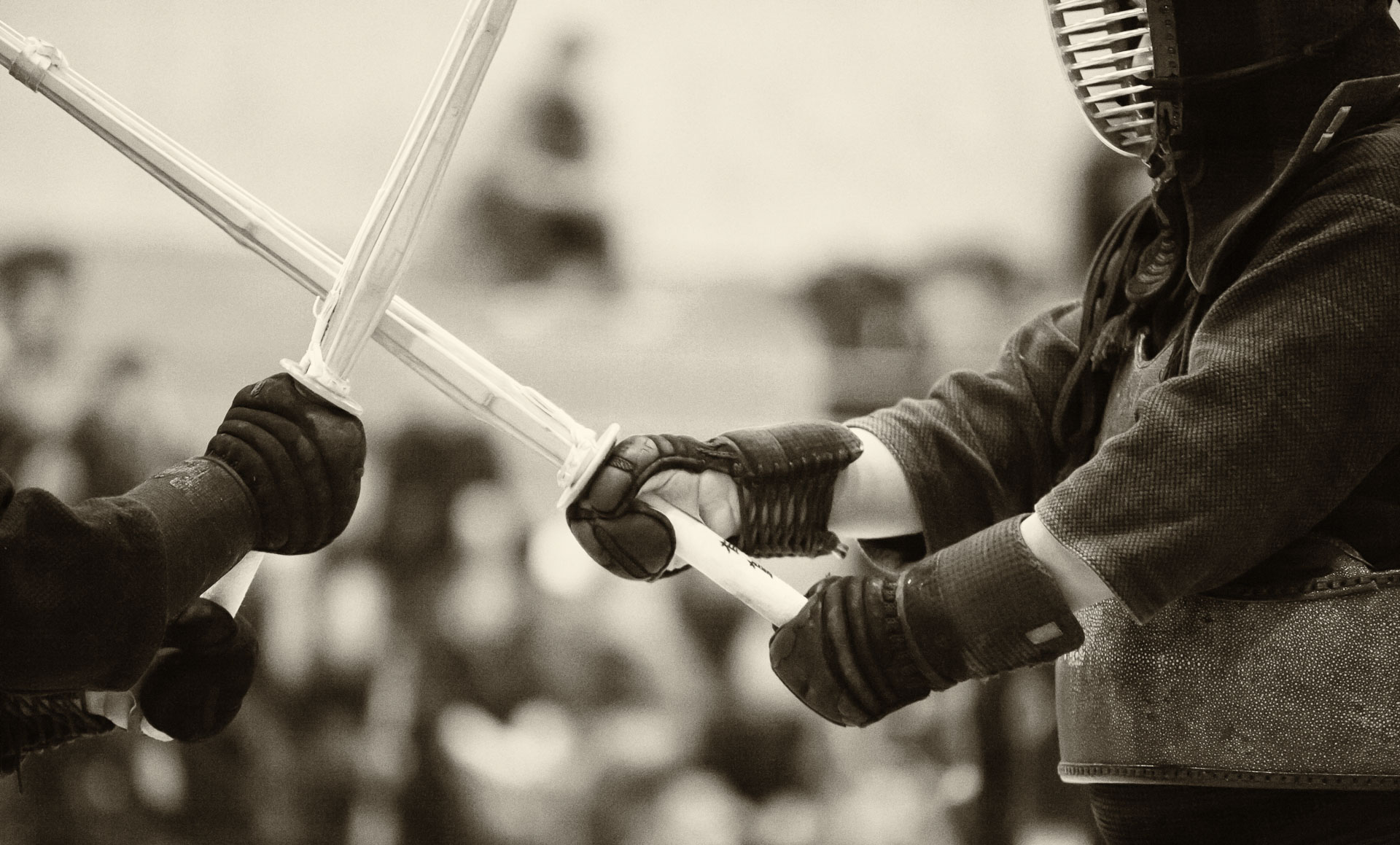
I wrote a blog post for The Black Light Magazine on the topic of concentrating on perfecting one’s craft vs. broadening it’s scope (see below). This question of whether niching down in a particular area of specialization is beneficial or detrimental in the long run is not new, and it comes up again and again in discussions related to photography in particular.
This time, I find an interesting connection between perfecting one’s skill and a sense of dissatisfaction with it’s level. As Randy Paterson explains in “How to Be Miserable
”, striving for continuing self-improvement can, in fact, be detrimental, as it is related to the sense of “I am not enough”. He suggests leapfrogging this potential trap by asking a question: “What would I do if, for the sake of argument, I was good enough?” In other words, would we still work on improving a particular skill, for example, if we were to deem it to be sufficiently high (whatever “sufficiently high” means)?
The answer is that probably we would not keep obsessing about improving the skill (and facing the law of diminishing returns), but instead apply the skill in a new area, or start developing a new skill.
Perhaps, one way to maintain the balance between the depth and the breadth is to do the deep work (to borrow the term from Cal Newport) as default mod of operation, but every now and then pretending that whatever depth has been achieved is “good enough” and switching to a new area (e.g. starting a new research topic, learning a new painting technique, photographing different subjects, etc.)
As a reference, here is the original post for TBLM:
—
In most creative endeavors, we are faced with a dilemma of focusing on perfecting an existing skill vs. exploring new techniques. This is true dilemma in the sense that there is not correct answer. Instead, a certain balance between breadth and depth must be maintained.
This issue comes up particularly often when we work in a relatively new field. Black light photography, or fluorescent art in general is one such field. It is still relatively new and even considered to be a niche among artists. As a result, not many references exist for basic lighting techniques, gear, specifics of posing and makeup, etc. When we apply a new technique, the question that automatically comes up is whether to try a similar approach again in the next photo shoot in order to refine the approach or to try something different, because a vast area remains unexplored.
There is a certain satisfaction and a sense of safety in staying with a familiar methodology. First, the probability of success is higher than with something that has never been tried before. Second, if you diligently work on a something long enough (about 10,000 hours, in fact, according to Anders Ericsson), you will become one of the top experts in the world in that thing that you’ve been working on, and that level of expertise is usually quite valuable.
Still, true innovation (and artists are innovators, or at least would like to believe so themselves), requires stepping out of one’s comfort zone, stretching beyond one’s current abilities. In order to grow, we need to step down from the level we’ve achieved in our niche and become beginners again in a different field. Besides, doing something different from what you’ve been doing up to this point (even if it hasn’t been 10,000 hours yet) is just fun.
So regardless of what you are doing at the moment – concentrating of honing your craft or blazing the trail into the uncharted territory – you are doing the right thing, as long as you are not completely ignoring the other side of the creative process.
































